How to care for a kalanchoe – advice on growing and propagating this flowering houseplant
Follow our guide on how to care for a kalanchoe plant, so you can get the most out of these early-spring bloomers
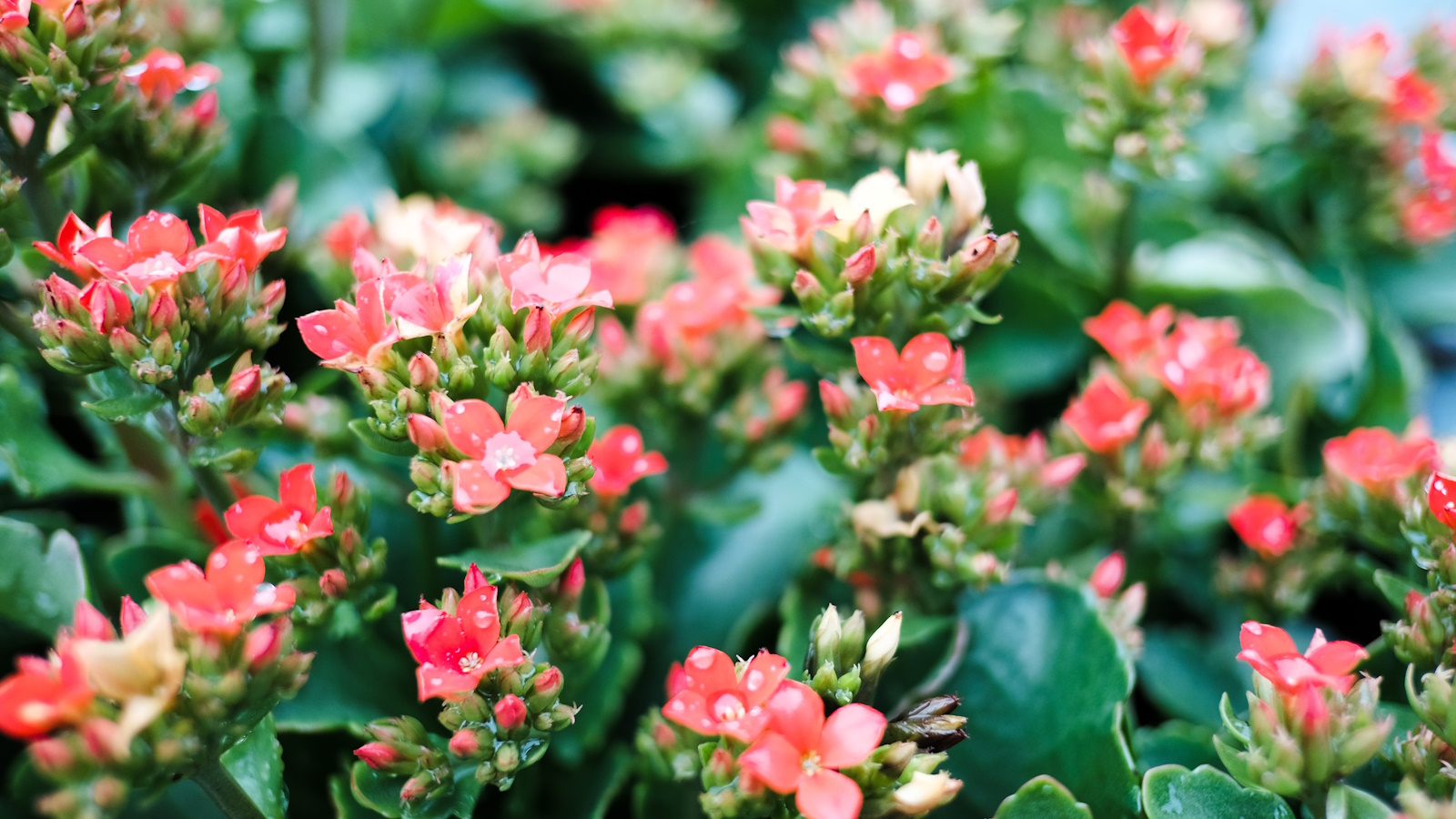

When it comes to the best indoor flowering plants, an easy-care kalanchoe is definitely worth its keep. Sporting bright blooms and green, rubbery leaves, they will give an indoor corner, mantelpiece, or table an instant uplift.
They are low-maintenance houseplants and are among the best fast-growing succulents, and are a lovely idea for a Christmas gift as they tend to bloom in early spring, around February. If you love indoor blooms, kalanchoes will follow on seamlessly after your winter plants, such as paperwhites and flowering Christmas cactus, have finished.
Plus, with the proper care, these succulents can re-flower year after year.
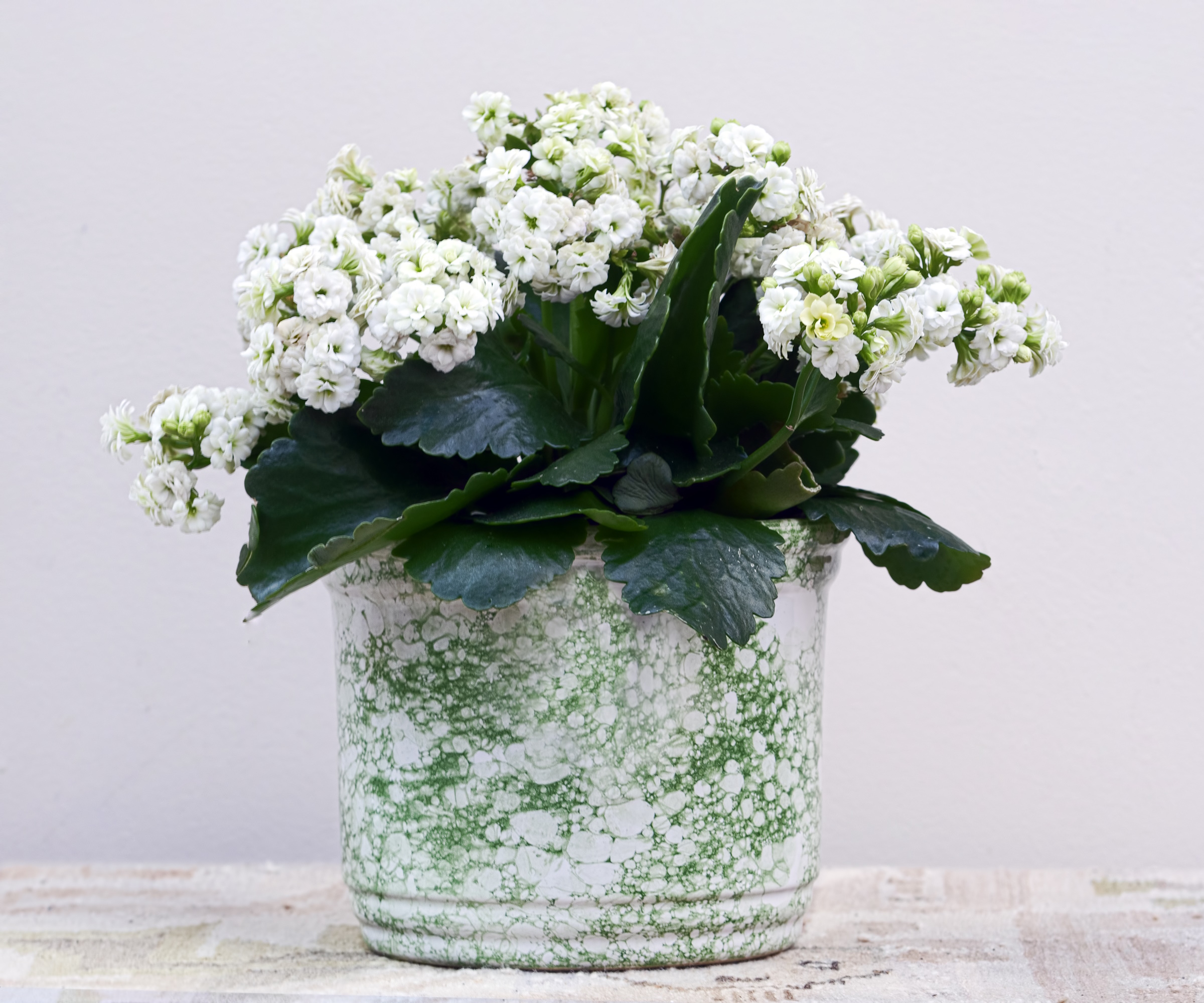
3 top tips for kalanchoe plant care
From the ideal place to position your plant to expert watering advice, we've got the low down on caring for kalanchoe so you can get the most from your houseplant.

1. Place it somewhere sunny
As a member of the succulent family, the kalanchoe is a relatively fuss-free plant as long as you give it plenty of sunlight.
Try to place yours on a south-facing window to allow it to soak up as much direct sun as possible. A west-facing window will also work.
It's good practice to rotate your plants regularly to avoid them leaning to one side as they search for sunlight. You can do this with your other indoor plants too, to ensure they grow evenly.
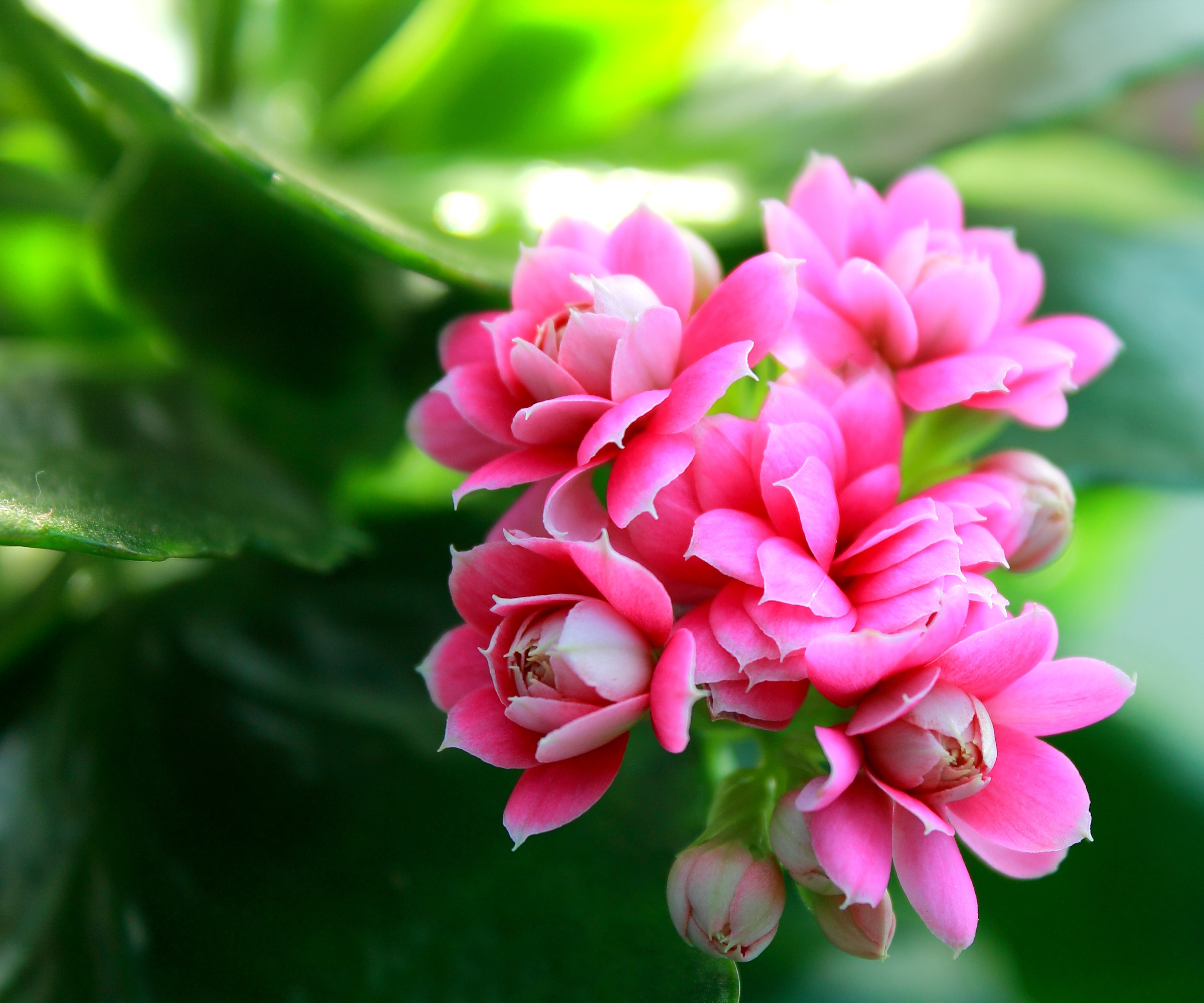
2. Don't let it get too cold
Kalanchoes are native to Madagascar, and as a result these plants like warmer temperatures, so try to make sure it is kept away from drafty windows and doors during the winter months.
Of course, protecting your houseplants from central heating and air conditioning in the winter can be a challenge, but if you are able to maintain temperatures of around 50–70°F during the day and 45–65°F at night, these plants will be happy.
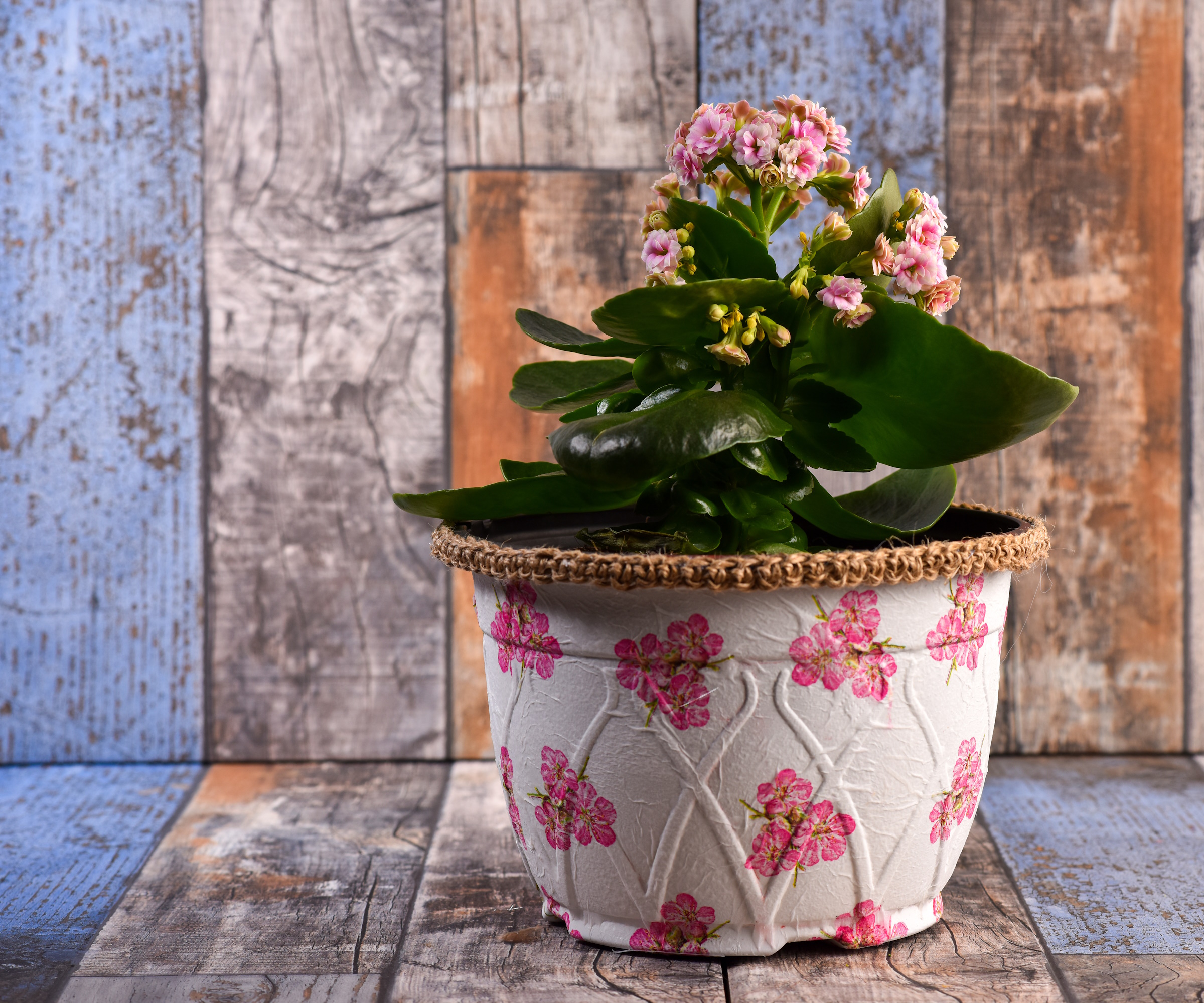
3. Plant it in the right type of soil
As with any succulent variety, make sure it is planted in well-draining, gritty potting mix to prevent its roots from sitting in wet soil.
'You can buy cactus-specific compost mix, such as this one from Amazon, or you can add perlite or horticultural grit to a standard houseplant compost, which will increase drainage,' says Rachel Bull, Head of Gardens on Homes & Gardens. This also applies when learning how to grow a Christmas cactus, too.
Like most succulents, kalanchoe plants prefer slightly acidic soil.
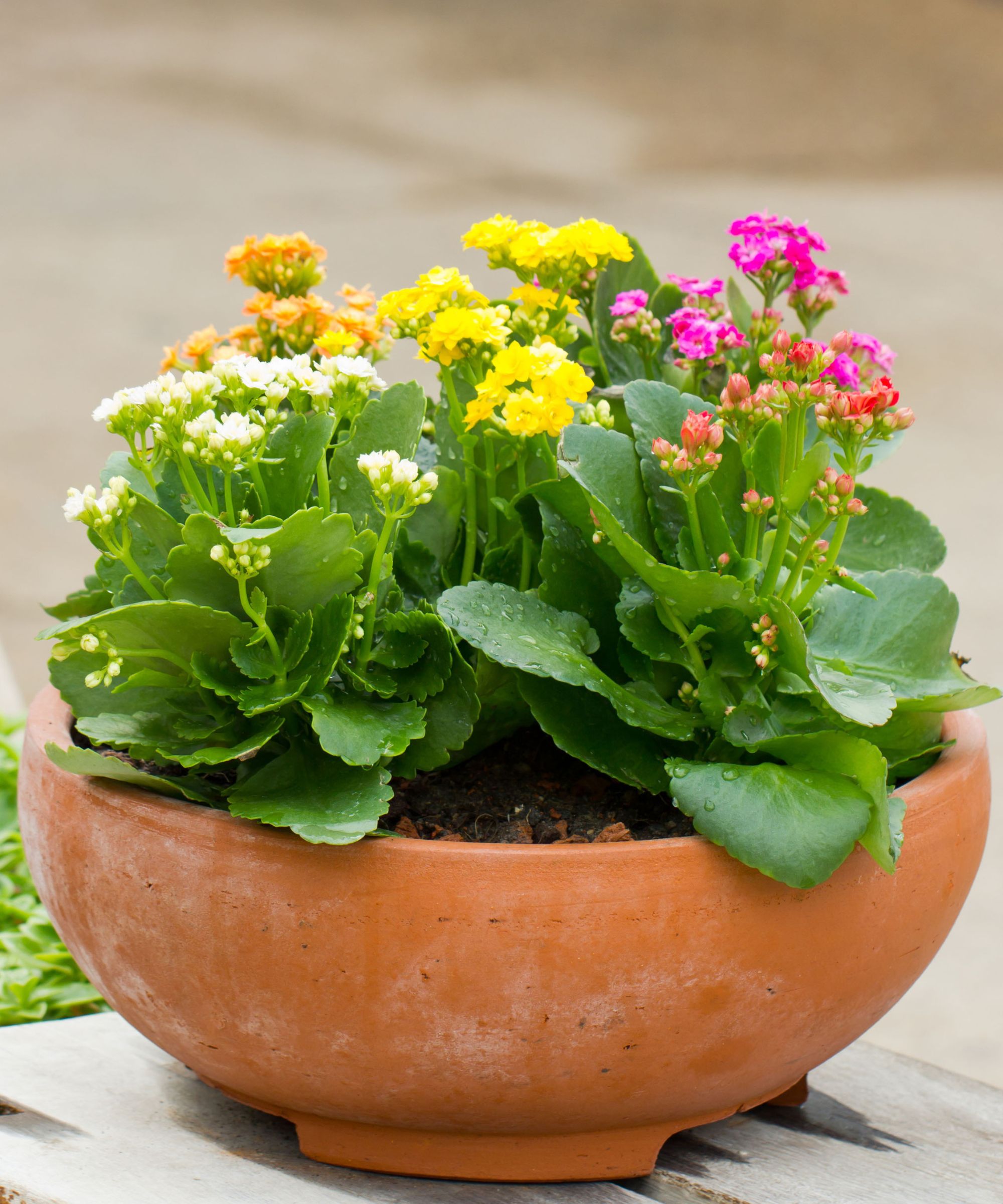
How do you make a kalanchoe re-bloom?
The bursts of bright flowers, which typically lie dormant in fall and bloom around February, are what makes the kalanchoe plant so popular. These multi-colored plants from Walmart are a perfect example.
But it can be difficult to get it to re-bloom season after season, and you may also want to trick your plant into re-blooming throughout the year.
Contrary to its usual sun-worshipping requirements, the process of getting it to flower is similar to learning how to make a Christmas cactus bloom. The trick is to plunge it into darkness for the majority of the day.
'During dormant periods, place your kalanchoe in complete darkness for at least 14 hours each day, and after about eight weeks, you should see buds start to appear,' says Rachel.
You can also reduce watering and feeding during this time, and prune any spent flowers or dead leaves to encourage new growth.

Rachel is a gardening writer, flower grower and floral designer. After 15 years writing for and editing a range of consumer, business and special interest titles, Rachel became editor of floral art magazine The Flower Arranger. She then trained and worked as a floral designer and stylist in London for six years, and joined the Homes & Gardens team in 2023.
FAQs
How do you propagate a kalanchoe?
Learning how to take plant cuttings is easier than you might expect and is a brilliant way to get new plants for free – and kalanchoes are no exception.
Simply cut off a piece of stem using a clean, sharp blade and leave it to dry out for a couple of days, then pop it straight into soil so that it can form a root system. It's as simple as that. It's ready to be watered when it starts to form new leaves and feels a little more secure in the soil.
When should you water a kalanchoe?
Kalanchoes should be treated like succulents or cacti and only watered when the soil is completely dry, as they store moisture in their rubbery leaves. Tepid rain water is the best way to hydrate them.
For more festive flowering houseplant ideas, you might be interested in how to look after a poinsettia, how to care for a thanksgiving cactus or when to plant amaryllis bulbs in time for Christmas flowering.
Sign up to the Homes & Gardens newsletter
Design expertise in your inbox – from inspiring decorating ideas and beautiful celebrity homes to practical gardening advice and shopping round-ups.

Holly started writing about gardening five years ago, and she is a regular contributor to Homes & Gardens. She has also written many gardening features for Woman & Home and Real Homes, too. She has previous experience as a professional gardener, where she helped to plant and maintain private gardens. Holly has also looked after allotment plots over the years and loves to grow her own flowers and veggies from seed. In her spare time, she enjoys visiting local gardens, botanical drawing, and tending to her ever-growing collection of houseplants.
-
 How to grow sassafras – for a low-maintenance native tree that can even be planted in shady yards
How to grow sassafras – for a low-maintenance native tree that can even be planted in shady yardsFor an easy-to-grow North American tree, you will not find much better than sassafras
By Thomas Rutter
-
 'Big results before you know it' – Experts urge you to use the ‘Take Away 10’ method for simple decluttering with zero decision fatigue
'Big results before you know it' – Experts urge you to use the ‘Take Away 10’ method for simple decluttering with zero decision fatigueIt can cut hundreds of items from your home in just a few weeks
By Ottilie Blackhall